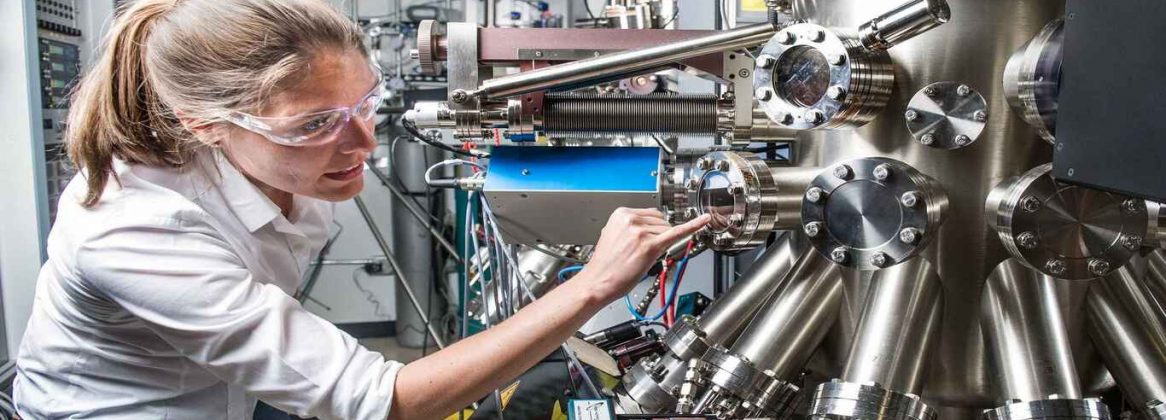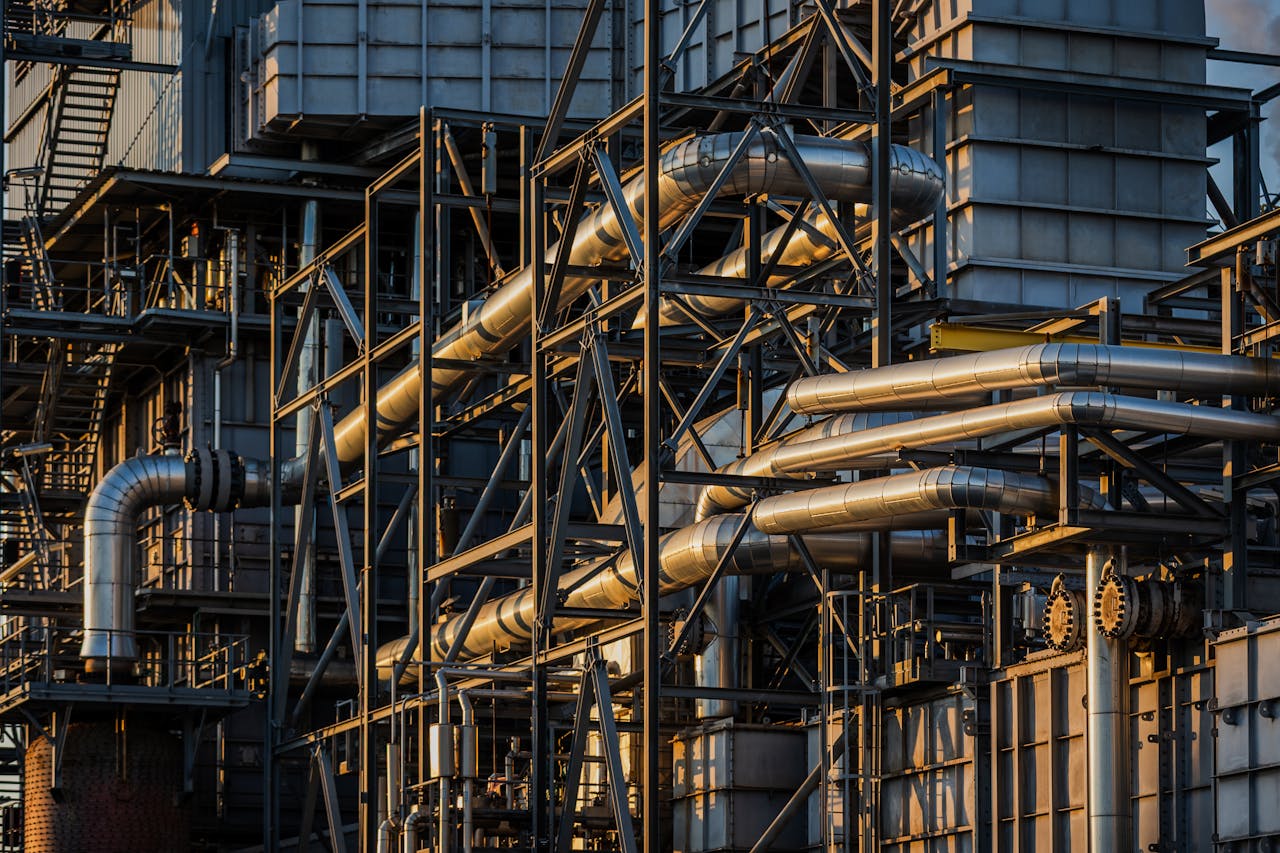A smart factory is the factory of the future where an organization’s processes, culture, and operating model is highly digitized. Here, the digital and physical worlds meet to foster agile, faster, and more connected manufacturing. This ‘smartness’ is not solely confined to the physical factory but is noticeable across the supply chain. From planning, inventory tracking, and maintenance to the factory’s EHS responsibilities, all manufacturing aspects are transformed with digital technologies. Some of the key technology drivers of the smart factory include:
- Sensors
- Cloud computing
- AI/ machine learning
- Autonomous robots
- Augmented reality assistant
The smart factory is not the end game, but a vital step to achieving industry 4.0. At the highest level, machine learning and automated AI will gather data, perform analysis, identify appropriate solutions to the analysis, and implement the necessary changes – all with little or no human input. The end result is a factory that can ‘learn’ and adapt for the purpose of continual growth and better alignment with the market trends.
How to make the smart factory a reality for your organization
McDonald’s growth strategy: think big, start small and scale quickly, is a handy and applicable guide to birthing a smart factory.
Think big
‘Aim for the stars and maybe you’ll reach the sky’
Digital technology enables you to stretch your competitive advantage with better manufacturing, warehousing, maintenance, and an altogether improved culture towards your employees and the environment. But a linear and static mindset will not birth the change that is required. To achieve smart manufacturing, the required mental attitude is of a willingness to embrace change no matter how scary it may seem.
Start small
‘Rome wasn’t built in a day’
At the outset, there will be so many areas to digitalize that the whole process may seem overwhelming. The key to navigating this scenario is to prioritize a process, asset, or department – consistent with your specific needs and immediate goals – and start digitalizing in that direction. A gradual but purposeful digitalization is the best course of action as your organization can test the process and ‘learn to grow’.
Scale quickly
‘The minute you’re satisfied with where you are, you aren’t there anymore’
The evolution of a smart factory is not complete until every process is fully digitalized and optimized to perform at its highest potential. There is so much value to be unlocked across the supply chain from data-driven actions spurred on by relentless data gathering, complete data integration, and accurate data analysis. A smart factory is a worthy investment that will turbocharge efficiency, productivity, and revenue streams in your organization.



